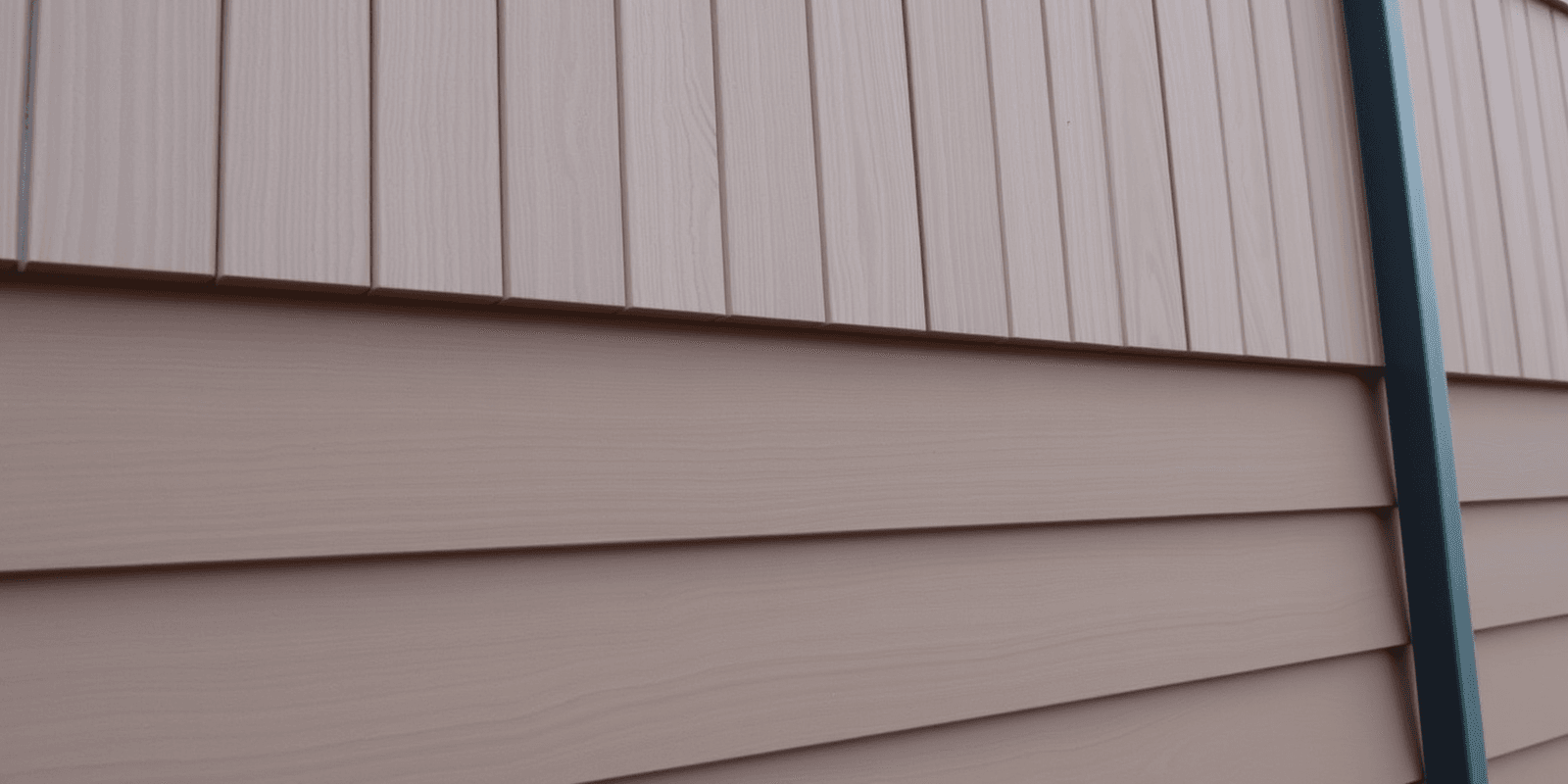The Eco-Friendly Choice: WPC Composite Cladding for Exterior Walls
Introduction to WPC Composite Cladding
As sustainability becomes a critical factor in construction and design, new materials are emerging that not only meet aesthetic and functional needs but also prioritize environmental impact. One such material is WPC (Wood Plastic Composite) composite cladding, which has been gaining popularity due to its eco-friendly composition and benefits. This article delves into why WPC composite cladding is an excellent choice for exterior walls, focusing on its composition from recycled materials, energy efficiency, and contribution to sustainable building practices.
Eco-Friendly Composition from Recycled Materials
One of the most compelling reasons to choose WPC composite cladding is its composition from recycled materials. Unlike traditional wood cladding, which often requires the harvesting of trees, WPC is made by combining wood fibers or sawdust with plastic, typically from recycled sources such as milk bottles and detergent containers. This process reduces the demand for virgin timber and minimizes waste in landfills. According to the U.S. Environmental Protection Agency (EPA), recycling one ton of plastic can save approximately 7.4 cubic yards of landfill space, significantly reducing the environmental footprint of building materials (EPA, 2021).
Energy Efficiency and Durability
WPC composite cladding offers superior energy efficiency compared to traditional wood or metal cladding. The thermal insulation properties of WPC help in maintaining a consistent indoor temperature, thereby reducing the need for heating and cooling systems. This not only leads to lower energy consumption but also decreases greenhouse gas emissions associated with energy production. Furthermore, WPC is highly resistant to moisture, rot, and pests, ensuring long-lasting durability without the need for frequent maintenance or replacement. This longevity translates into fewer resources being used over time, contributing to a more sustainable building lifecycle (NREL, 2017).
Sustainable Building Practices
Adopting WPC composite cladding aligns with sustainable building practices that aim to reduce the overall environmental impact of structures. By using recycled materials and offering enhanced energy efficiency, WPC contributes to a circular economy where resources are reused and waste is minimized. Moreover, many manufacturers of WPC composite cladding adhere to strict environmental standards, ensuring that their products are produced sustainably. For instance, some companies have implemented closed-loop manufacturing processes that recycle water and reduce energy consumption during production (Green Building Elements, 2019).
Conclusion
WPC composite cladding represents a significant step forward in sustainable building materials. Its composition from recycled materials, coupled with superior energy efficiency and durability, makes it an ideal choice for exterior walls. As the world increasingly prioritizes sustainability, embracing innovative solutions like WPC composite cladding is essential for creating greener, more resilient buildings. By choosing WPC, builders and homeowners can contribute to a more sustainable future while enjoying the benefits of a high-performance, eco-friendly product.

